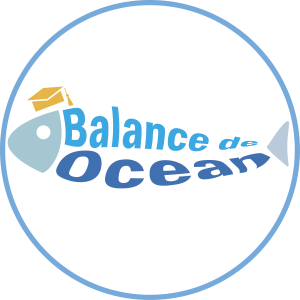Document

Juvenile of Pacific cod of 37 mm in body length (A) and its stomach contents (B)
Lots of crushed copepodites come out.
The background border spacing is 5 mm.
(Takatsu,2005; 仔稚魚とカイアシ類の食う・食われるの関係-マダラの資源変動を追う
「カイアシ類の世界(長澤和也編)」modified quotation)

Photographs of appendicularians stained with methylene blue solution.
(a) Oikopleura dioica (left) and Fritillaria borealis (right) stained with methylene blue in their environment (collected with a plankton net). ‘House rudiments’ of Oikopleura spp. and ‘house rudiment-like organs’ of Fritillaria spp. stained purple and blue-violet, respectively.(c) house rudiment of Oikopleura sp. in the diet of stone flounder Platichthys bicoloratus larvae.
Because enzymes to digest acidic polysaccharides are absent in fish larvae and most marine zooplankton (Shelbourne, 1953; Flood and Deibel, 1998), house rudiments or house rudiment-like organs of appendicularians occurred more frequently than trunks in the diet of stone flounder larvae. (Takatsu et al. quoted from Feeding habits of larval stone flounder Platichthys bicoloratus in Mutsu Bay, Japan. Fish. Sci., 73: 142–155 (2007), doi: 10.1111/j.1444-2906.2007.01312.x )

